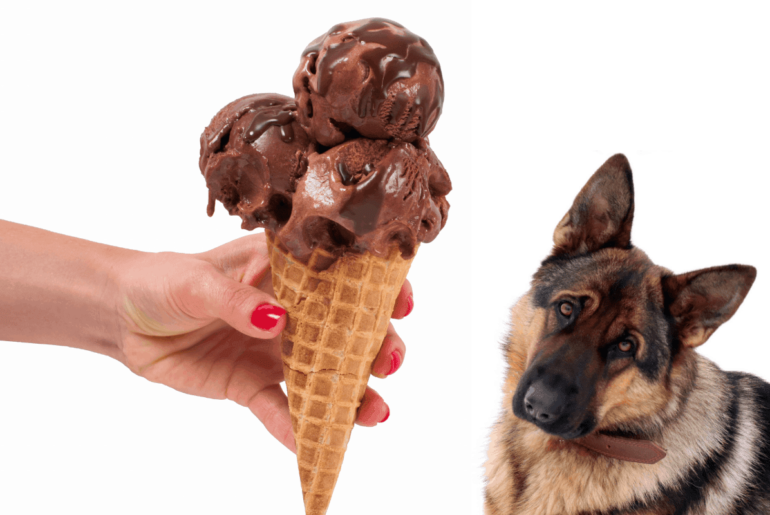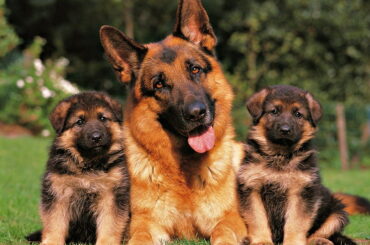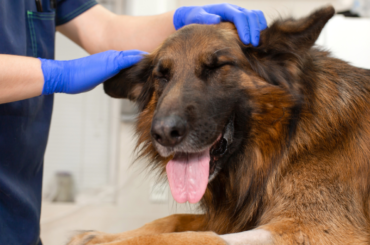As pet owners, the desire to share our favorite foods with our furry companions is a common sentiment. The wagging tails and eager eyes often tempt us to offer a bite of our meals as a special treat. However, the safety of giving human food as treats to pets, including dogs and cats, is a topic that requires careful consideration. In this comprehensive guide, we will explore the potential risks and benefits of sharing human food with your pets and provide insights into making informed and safe treat choices.
Understanding the Risks:
While some human foods are safe and even beneficial for pets in moderation, others can pose significant health risks. Several factors contribute to the potential dangers of offering human food as treats:
- Toxicity Concerns:
- Many human foods contain ingredients that are toxic to pets. For example, certain foods like chocolate, onions, garlic, grapes, raisins, and xylitol (a sugar substitute) can be harmful or even lethal to dogs and cats.
- Digestive Sensitivity:
- Pets have different digestive systems than humans, and some foods that are safe for us may cause gastrointestinal distress in animals. Spicy, fatty, or overly seasoned foods can lead to upset stomachs, vomiting, or diarrhea.
- Allergies and Sensitivities:
- Pets, like humans, can develop allergies or sensitivities to certain foods. Introducing new ingredients without caution may result in allergic reactions, skin issues, or digestive problems.
- Obesity and Nutritional Imbalance:
- Human food treats are often high in calories, sugars, and fats. Excessive treats can contribute to weight gain, obesity, and nutritional imbalances, leading to long-term health issues.
- Behavioral Implications:
- Offering human food as treats may lead to unwanted behaviors, such as begging or food aggression. Pets can become conditioned to expect food from the table, which may disrupt their normal eating habits.
Safe Human Foods as Treats:
While it’s crucial to be aware of potential risks, there are also human foods that can be safely shared with pets in moderation. Consider these options when choosing treats for your furry friends:
- Lean Proteins:
- Unseasoned, cooked meats like chicken, turkey, or lean beef can be safe and enjoyable treats for dogs and cats. Remove any bones to prevent choking or digestive issues.
- Fruits and Vegetables:
- Many fruits and vegetables are safe for pets and offer valuable nutrients. Apples (without seeds), carrots, blueberries, and pumpkin (plain, not pie filling) are examples of pet-friendly options.
- Peanut Butter:
- Plain, unsalted peanut butter is a favorite among dogs. It can be used as a tasty treat or added to interactive toys for mental stimulation.
- Plain Rice or Pasta:
- Cooked plain rice or pasta can be a bland and easily digestible treat, particularly useful if your pet has an upset stomach.
- Cheese:
- Small amounts of cheese, preferably low-fat, can be a tasty and protein-rich treat. However, pets that are lactose intolerant may experience digestive issues.
- Yogurt:
- Plain, unsweetened yogurt containing live cultures can provide probiotics beneficial for digestive health. Check for lactose intolerance before introducing yogurt to your pet.
Establishing Safe Treat Practices:
- Consult Your Veterinarian:
- Before introducing new treats into your pet’s diet, consult with your veterinarian. They can provide guidance based on your pet’s individual health, dietary needs, and potential sensitivities.
- Moderation is Key:
- Treats, whether human food or pet-specific, should be offered in moderation. Excessive treats can contribute to weight gain and nutritional imbalances.
- Avoid Toxic Foods:
- Familiarize yourself with foods that are toxic to pets and ensure they are never offered as treats. Keep items like chocolate, onions, grapes, and foods containing xylitol out of reach.
- Watch for Allergic Reactions:
- When introducing new treats, monitor your pet for any signs of allergic reactions, such as itching, swelling, vomiting, or diarrhea. Discontinue the treat if adverse reactions occur.
- Consider Caloric Content:
- Be mindful of the caloric content of treats, especially if you’re using them as part of a training regimen. Adjust your pet’s regular meals to accommodate the additional calories from treats.
- Choose Nutrient-Rich Options:
- Opt for treats that offer nutritional benefits. For example, blueberries and carrots provide antioxidants, while lean meats offer protein.
- Use Treats Purposefully:
- Incorporate treats into training sessions to reinforce positive behavior. This can be especially effective in teaching commands or addressing behavioral issues.
Conclusion:
The decision to give human food as treats to your pets requires thoughtful consideration and a commitment to their well-being. While there are safe and enjoyable options, it’s crucial to be aware of potential risks associated with toxic foods, digestive sensitivity, and nutritional imbalances. By consulting with your veterinarian, choosing treats wisely, and practicing moderation, you can provide your furry companions with tasty and safe indulgences. Remember that each pet is unique, and their treat preferences and tolerances may vary, so pay attention to their individual needs and enjoy the special moments shared over a carefully selected treat.






